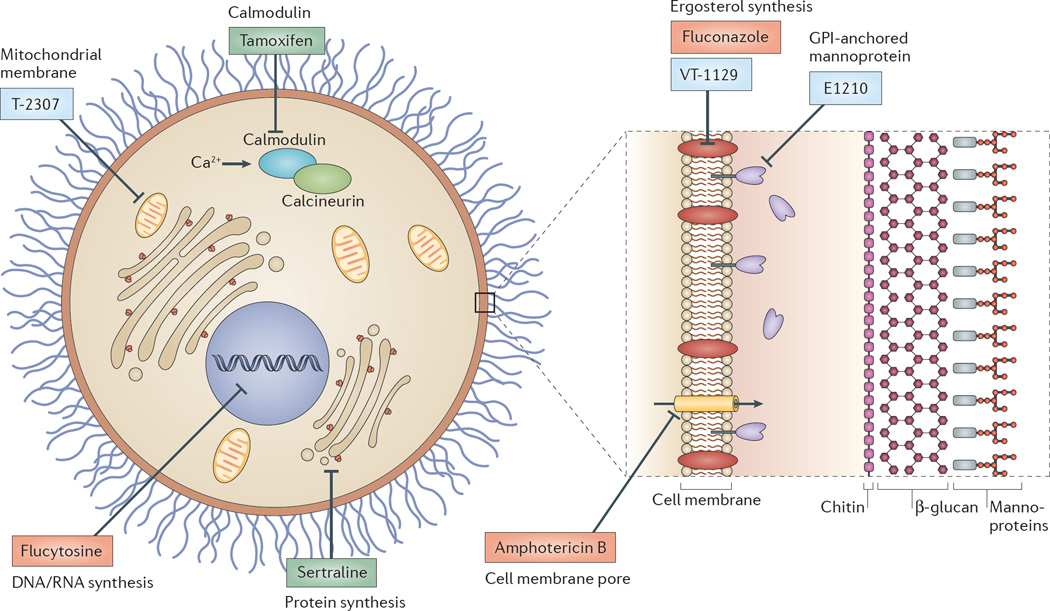Figure 3. Current and future therapies for cryptococcosis.
Schematic representation of a cryptococcal cell, showing key current and potential therapeutic targets and examples of antifungal drugs acting at each site. Drugs in current clinical use are shown in red, new drugs in blue and repurposed drugs in green. The three classes of antifungal agents currently used to treat cryptococcosis are polyenes (such as amphotericin B), azoles (such as fluconazole) and the pyrimidine analogue flucytosine (5-FC). Amphotericin B deoxycholate (AmBd) acts by binding to ergosterol in the cryptococcal cell wall, generating pores in the cell membrane, and by inducing cell death by oxidative damage. 5-FC is deaminated by the fungal enzyme cytosine deaminase into 5-fluorouracil (5-FU), which then inhibits thymidylate synthetase and blocks DNA synthesis, or is converted into 5-fluorouridine triphosphate, which is incorporated into RNA and disrupts protein synthesis. Fluconazole inhibits the fungal cytochrome P450 enzyme 14α-demethylase, which is required for conversion of lanosterol to ergosterol, an essential component of the fungal cell membrane. E1210 inhibits the synthesis of the cell wall component glycosylphosphatidylinositol (GPI)-anchored mannoproteins. VT-1129 blocks the activity of CYP51, an essential enzyme in the pathway to produce ergosterol. The arlyamidine T-2307 targets the fungal mitochondrial membrane. Tamoxifen (an oestrogen antagonist that is used in the treatment of breast cancer) targets calmodulin, and the antidepressant sertraline seems to target fungal protein synthesis through an unknown mechanism.

